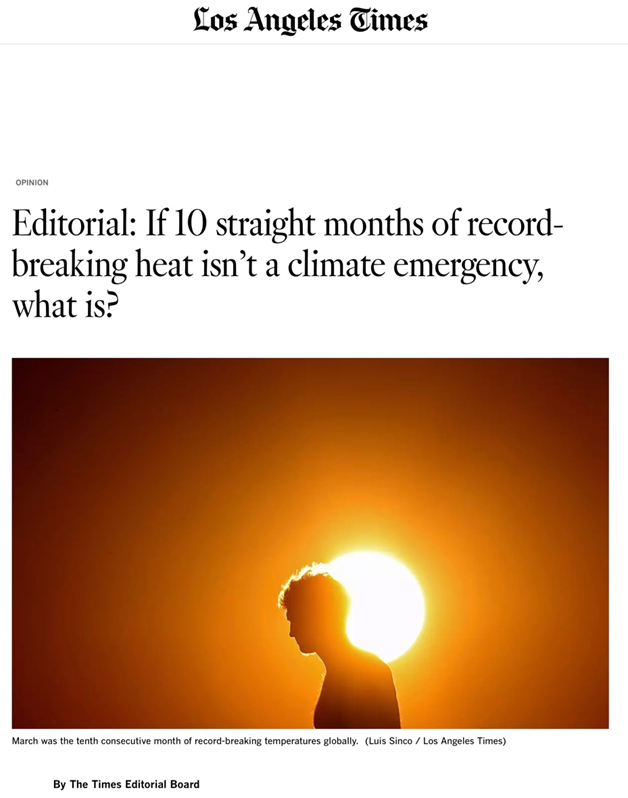
This picture tells a completely different story. Instead of a long-term trend that could be related to anthropogenic global warming, what we see is large annual and multidecadal variability, with the end of the record not looking much different than say a period around 1880 and with the highest GBI occurring in 1918 (with 1919 coming in 2nd place). While this doesn’t conclusively demonstrate that the current rise in GBI is not related to jet stream changes induced by sea ice loss, it most certainly does demonstrate that global-warming induced sea ice loss is not a requirement for blocking events to occur over Greenland and that recent events are not at all “weird.” An equally plausible, if not much more plausible, expectation of future behavior is that this GBI highstand is part of multidecadal natural variability and will soon relax back towards normal values.



